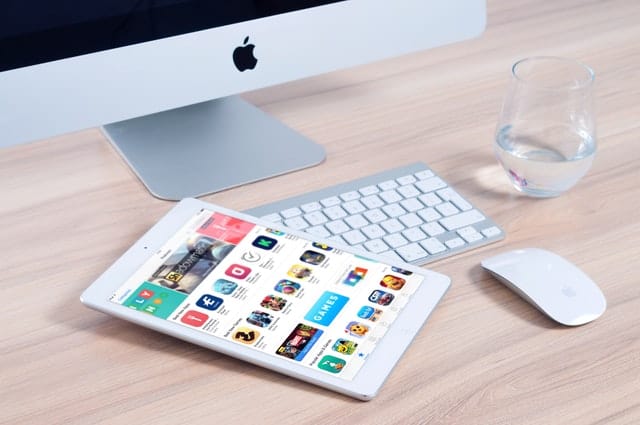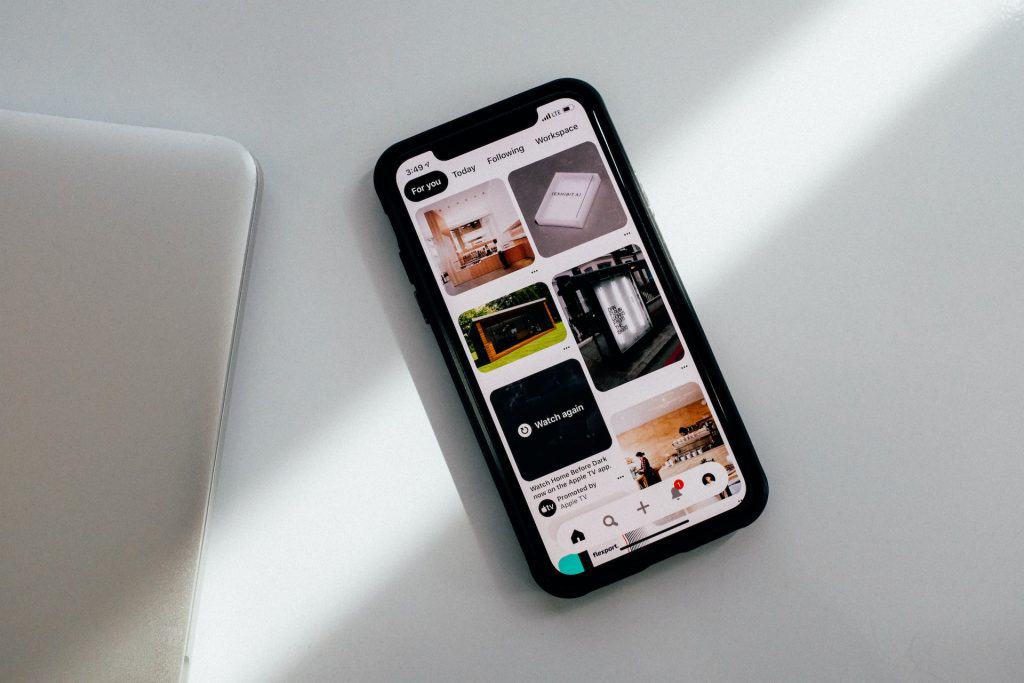First published: March 11, 2022 @ 6:00 pm
The online apps economy is booming. For many developers, however, making money on apps can be a difficult endeavor.
It’s a long and hard road to the top of the app store charts, and even if you do make it there, only a small percentage of apps are able to monetize effectively enough to sustain their business.
Even so, there are several companies that have successfully leveraged the app economy to make a lot of money. In this post, we will introduce you to some of the biggest names in the app business.
The list is not exhaustive, but it should give you a good idea of how these companies make money and what you can learn from them. There are two main ways that companies make money with their apps: advertising and paid downloads (or subscriptions).
Some companies do both, while others focus exclusively on one or the other. Let’s take a look at some examples of each:
1. Advertising: Google and Facebook
Google and Facebook are two of the biggest names in the app business. They’ve each made billions of dollars from their apps, and it’s no coincidence that they are also two of the biggest names in online advertising.
One way that Google makes money with its apps is through mobile search ads. When you download an app from Google Play, you are shown a few sponsored apps on the first screen after installation.
In addition, there is a “top free” section that contains sponsored apps (as well as other types of apps). Another way that Google makes money with its apps is through in-app advertising.
It has several ad networks that it uses to place ads inside its various mobile apps, including Search, Gmail, Maps, and YouTube. These ads are designed to be more engaging than standard banner ads because they can be clicked on or swiped away just like regular content.
Many of these ads link to external websites where users can make purchases or sign up for things like email newsletters or text message alerts. In 2012, Google made $11 billion from mobile advertising alone.
Of this amount, about $4 billion came from mobile search ads while another $5 billion came from mobile display ads. Facebook makes money with its apps similarly.
It uses a combination of banner and native ads to generate revenue from its users. Facebook’s native ads are designed to blend in with the rest of the content on the app. They can take the form of videos, photo slideshows, and other types of content that look just like regular posts.

These native ads can also be used to promote games or apps, or they can link to external websites where users can make purchases or sign up for things like email newsletters or text message alerts. In 2013, Facebook made $1 billion from mobile advertising.
This is up from $600 million in 2012 and $300 million in 2011. In 2013, about 75% of Facebook’s mobile ad revenue came from games, while another 15% came from app installs (the rest came from various other sources).
Facebook is currently valued at around $200 billion, which makes it one of the most valuable companies in the world. The bulk of this value comes from advertising, so it’s clear that Facebook knows how to make money through its apps.
2. Paid Downloads: The iOS App Store and Google Play
The iOS App Store and Google Play are two examples of paid download models. In this model, users pay a one-time fee to download an app.
They can then use the app as much as they want without paying any additional fees. For the most part, paid apps are games.
Games are usually more fun than other types of apps, so people are willing to pay more for them. Also, games have been around for a long time and most people understand how they work (unlike apps that do things like scan your fingerprint or make phone calls).

In addition to selling paid apps, Apple and Google also sell in-app purchases. These purchases usually unlock additional features or content within an app.
For example, Angry Birds lets you buy upgrades and extra lives within the game. This boosts revenue without discouraging users from buying the initial app itself (because they’re already invested in it).
Google Play makes about $3 billion per year from paid downloads. This includes both full-priced and in-app purchases (the iOS App Store doesn’t disclose how much it makes from in-app purchases).
3. Subscriptions: Spotify and Netflix
Subscriptions are another way that companies make money with their apps. They are similar to paid downloads in that users pay a recurring fee to use an app.
However, instead of paying a one-time fee, they pay a small amount every month or year. Companies like Spotify and Netflix make money with their apps by charging users a monthly subscription fee.
Spotify and Netflix each charge $9.99 per month for their services, and they have millions of subscribers. Other companies like Hulu Plus charge users a small fee to watch a specific number of videos.
This type of app is called a “freemium” app because it is free to download but charges for premium content. The goal is to attract lots of users and then encourage them to pay for the premium content.
In this way, freemium apps are similar to advertising-based apps (the difference is that they rely on the user’s payment instead of an advertiser’s payment). There are many other ways that companies make money with their apps.
For example, some companies sell goods or services through their apps while others offer in-app advertising or let developers buy ads through them (this is called an “ad network”).
Companies can also make money by selling data about their users (this is called “data monetization”). This includes things like contact lists, location data, and usage statistics.
Common Features
Now that we’ve taken a look at some examples of apps that make money, let’s take a look at some common features they have. The goal is to identify some features that you can use in your own apps.
Google Play and the iOS App Store are examples of centralized app stores. A centralized app store is an online marketplace where users can download and purchase apps.
They usually have an editorial team that reviews submissions and determines which ones will be accepted into the store. In addition, they usually have rules about what types of apps are allowed (for example, Apple won’t allow porn or gambling apps).
App stores make money by charging developers a one-time fee to submit their app for review. They also take a cut of each sale (usually 30%).
This is how Apple makes $3 billion per year from paid downloads alone. It also explains why Apple rejected Google Maps from its app store until Google agreed to include ads in it.
Another feature that many successful apps have in common is a free trial period. Many apps offer a free trial period where users can try out the app for a limited amount of time before they have to pay for it.
This helps developers to build a user base and helps them to make more money once people are hooked on their app. One last thing that most successful apps have in common is active social media accounts.
For example, both Spotify and Netflix have Facebook pages with millions of likes. Also, Google Play has an official Twitter account. These give companies an easy way to communicate with their users and promote their products (sometimes they even give away free stuff).
WorkDeputy is an online platform where you will find the best tips, articles, and software to help you with your business operations. WorkDeputy provides software and information for any types of business, so you can choose based on your business sytles and preferences.





